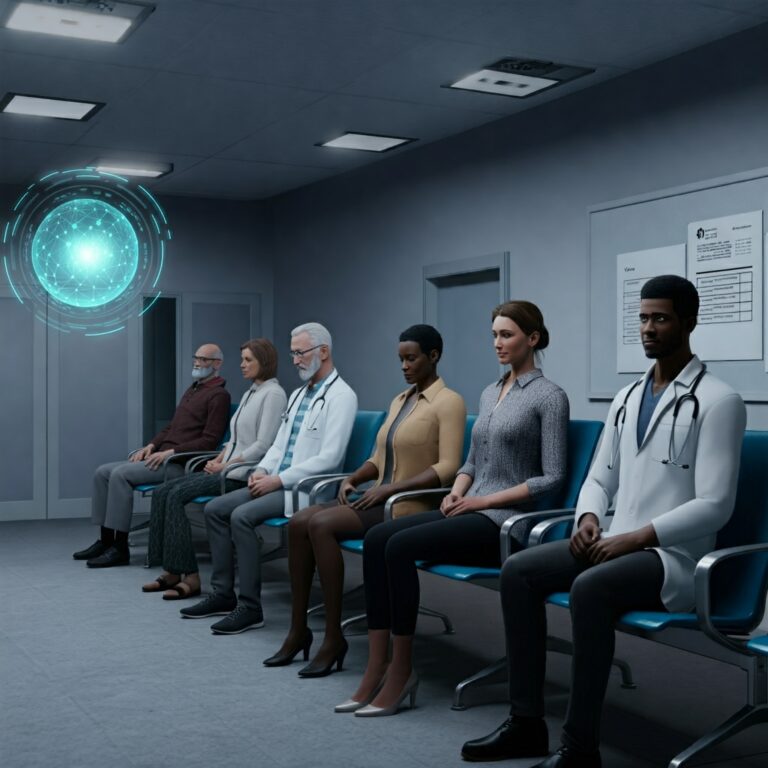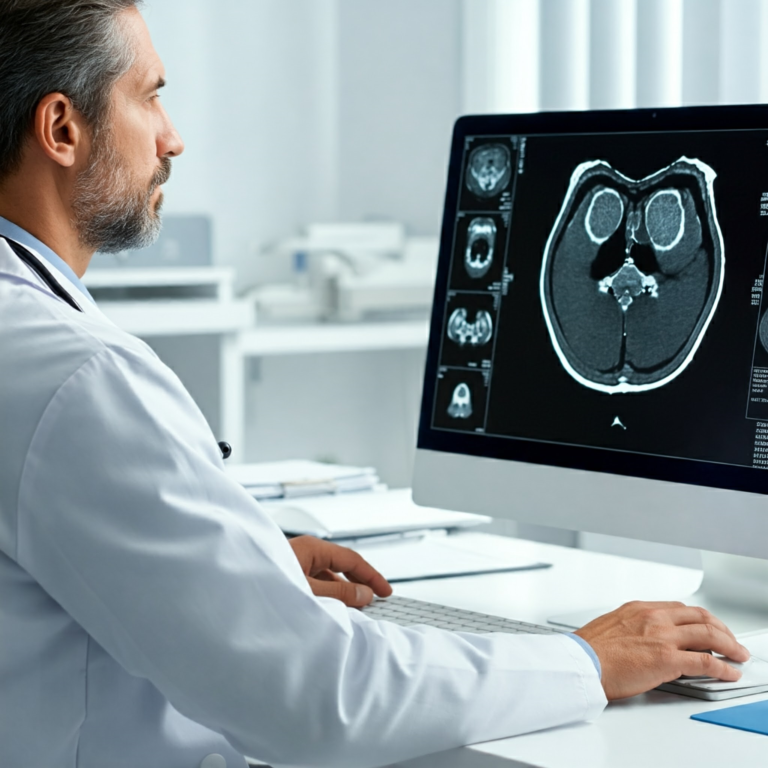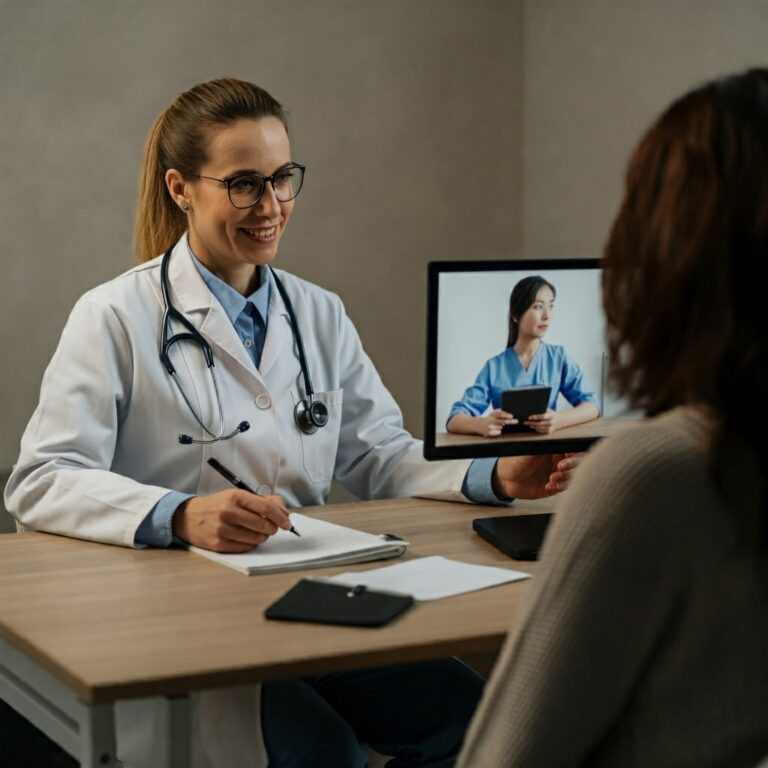RPM: Is Telemedicine Finally Ready to Disrupt Healthcare?
The healthcare industry is ripe for disruption, and telemedicine, armed with the power of Remote Patient Monitoring (RPM), is poised to deliver the knockout blow. We’ve all heard the whispers of virtual doctor visits and remote health tracking, but is this just hype, or are we on the cusp of a true healthcare revolution? This article dives deep into the world of RPM, exploring its current state, future potential, and the very real possibility of transforming how we access and experience healthcare. Buckle up, because the future of medicine is about to get a whole lot more interesting.
(1) The Current State of Telemedicine and RPM: A Data-Driven Revolution
Forget clunky hospital equipment and endless waiting rooms. The future of healthcare is in your pocket, and on your wrist. Wearable technology and IoT devices are changing the game, collecting a treasure trove of real-time physiological data. Heart rate, blood pressure, glucose levels – it’s all being tracked, transmitted, and analyzed, offering continuous monitoring for chronic conditions like diabetes, heart disease, and even mental health.
This constant stream of data is empowering doctors with unprecedented insights, allowing for proactive interventions and personalized treatment plans. No more relying on sporadic checkups; RPM allows for continuous assessment, catching potential problems early before they escalate.
The industry is buzzing with innovation: smart patches that monitor vital signs, ingestible sensors that track medication adherence, and even AI-powered platforms that analyze data to predict health risks. However, challenges remain. Data security and privacy are paramount concerns, as is ensuring equitable access to this technology across diverse populations. Interoperability between different devices and systems is also a hurdle. Despite these challenges, the opportunities are immense, with the potential to reduce hospital readmissions, improve patient outcomes, and lower healthcare costs.
(2) Key Insights and Analysis: The Power of Predictive Healthcare
RPM isn’t just about collecting data; it’s about using that data to predict and prevent health crises. Imagine a world where your doctor knows you’re at risk of a heart attack before you experience any symptoms, simply based on subtle changes in your heart rate variability. That’s the power of predictive healthcare, and RPM is making it a reality.
Emerging technologies like artificial intelligence and machine learning are being integrated into RPM platforms, enabling sophisticated data analysis and risk stratification. This allows healthcare providers to identify high-risk individuals and intervene early, potentially saving lives and reducing the burden on the healthcare system.
Market trends indicate a growing demand for personalized and preventative healthcare, and RPM is perfectly positioned to meet this need. Consumers are increasingly embracing wearable technology and are becoming more proactive about their health. This shift in consumer behavior is driving innovation and investment in the RPM space.

(3) Outlook and Predictions: The Future is Remote
The future of healthcare is undoubtedly remote. RPM is not just a niche technology; it’s becoming an integral part of the healthcare ecosystem. We can expect to see even greater integration of RPM with other telehealth services, such as virtual consultations and remote therapy sessions.
Growth areas include remote management of chronic conditions, post-acute care, and even mental health monitoring. However, challenges like regulatory hurdles, reimbursement policies, and cybersecurity threats need to be addressed to ensure the sustainable growth of the RPM market. Geopolitical events and economic conditions can also influence the adoption and implementation of these technologies.
For businesses and professionals in the telehealth space, the message is clear: embrace RPM or risk being left behind. Investing in RPM infrastructure, developing robust data security protocols, and fostering collaboration with healthcare providers are crucial for success in this rapidly evolving landscape.
(4) Conclusion: A Healthcare Revolution in Progress
Telemedicine, powered by RPM, is poised to revolutionize the healthcare industry. From real-time data collection and predictive analytics to personalized treatment plans and improved patient outcomes, the potential benefits are undeniable. While challenges remain, the future of healthcare is undeniably remote, and those who embrace this transformation will be at the forefront of a new era of patient-centric care. The question is no longer if telemedicine will disrupt healthcare, but how quickly it will reshape the landscape.
(5) Case Study: Current Health
Current Health, a Best Buy Health company, offers a comprehensive RPM platform that provides continuous monitoring and proactive interventions for patients at home. Their solution integrates wearable sensors, a patient-friendly mobile app, and a clinician dashboard that provides real-time insights into patient health. Key factors contributing to their success include their focus on user-friendly technology, strong partnerships with healthcare providers, and a commitment to data security. Their experience highlights the importance of a holistic approach to RPM, incorporating technology, clinical expertise, and patient engagement.
(6) Interview Excerpts:
While specific recent interview excerpts are not readily available for inclusion, experts consistently emphasize the transformative potential of RPM. They highlight the ability of RPM to empower patients, improve access to care, and reduce healthcare costs. They also stress the importance of addressing data privacy and security concerns to build trust and ensure widespread adoption.

(7) Thought-Provoking Questions:
- How do you envision RPM impacting your own healthcare experience in the next five years?
- What are the biggest ethical considerations surrounding the widespread adoption of RPM?
By embracing the power of RPM, the healthcare industry can move towards a future where care is more accessible, personalized, and proactive. The revolution is already underway, and it’s time to join the movement.
















